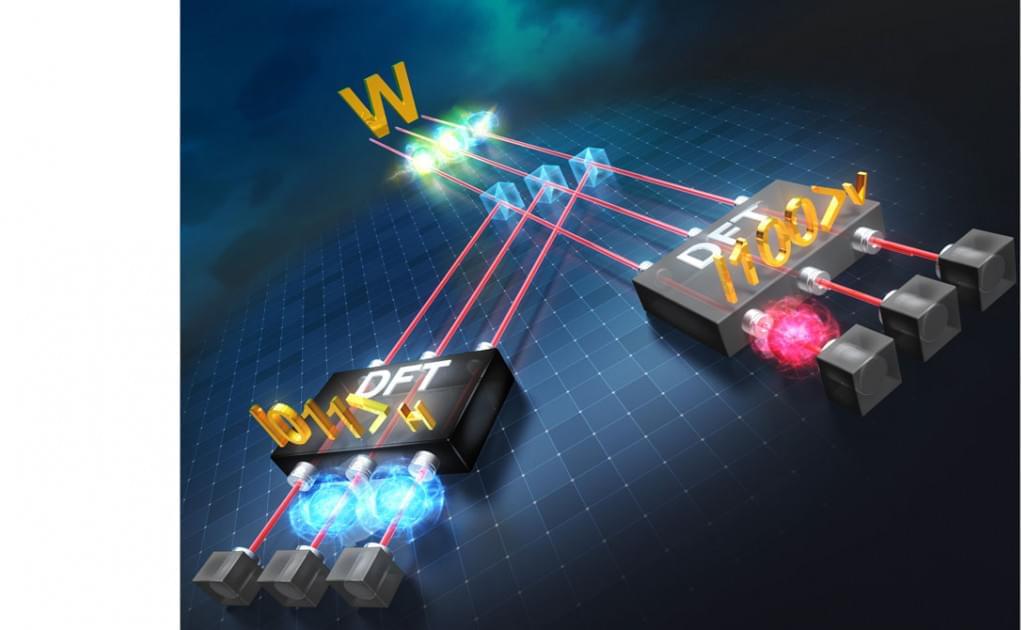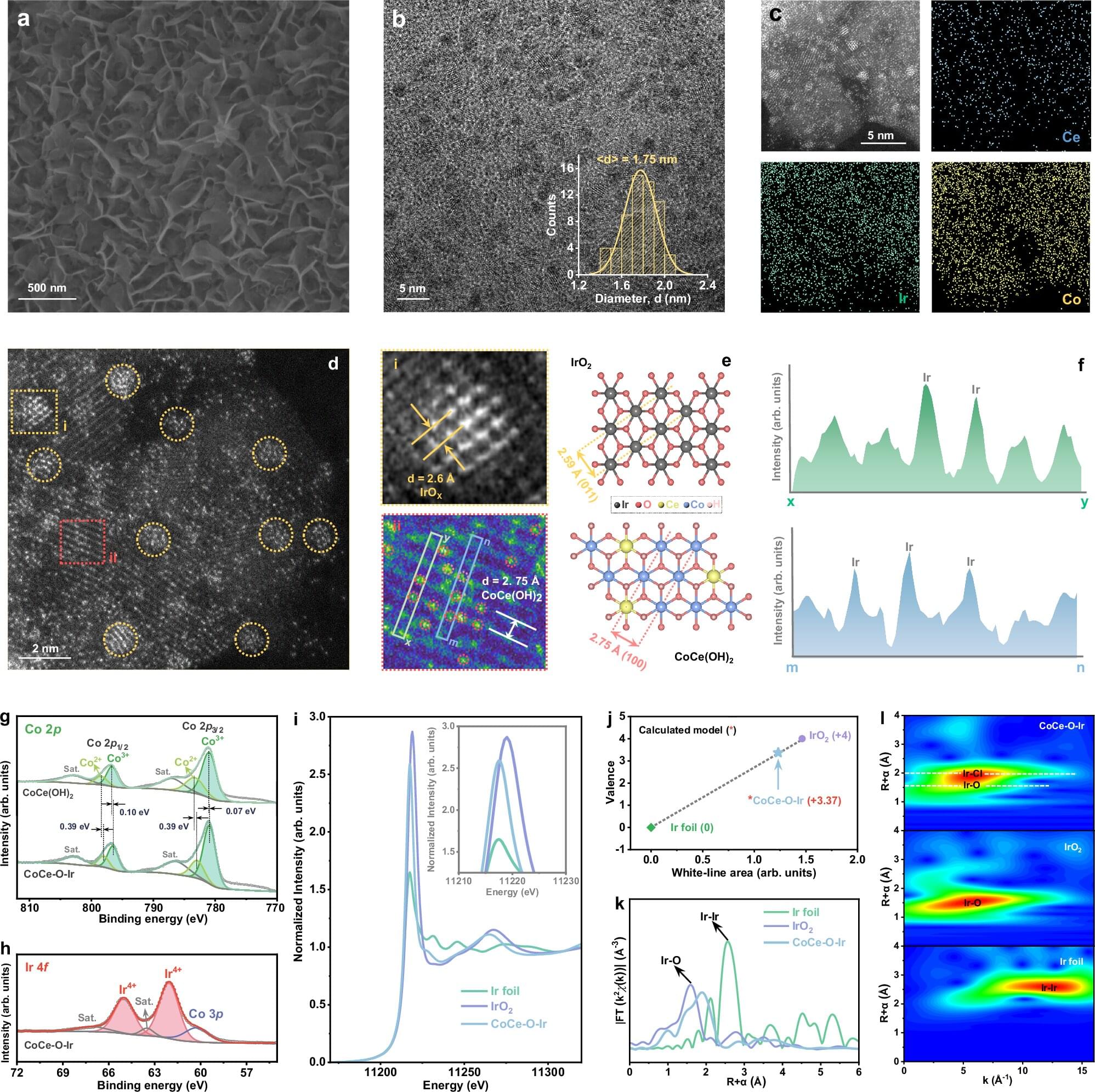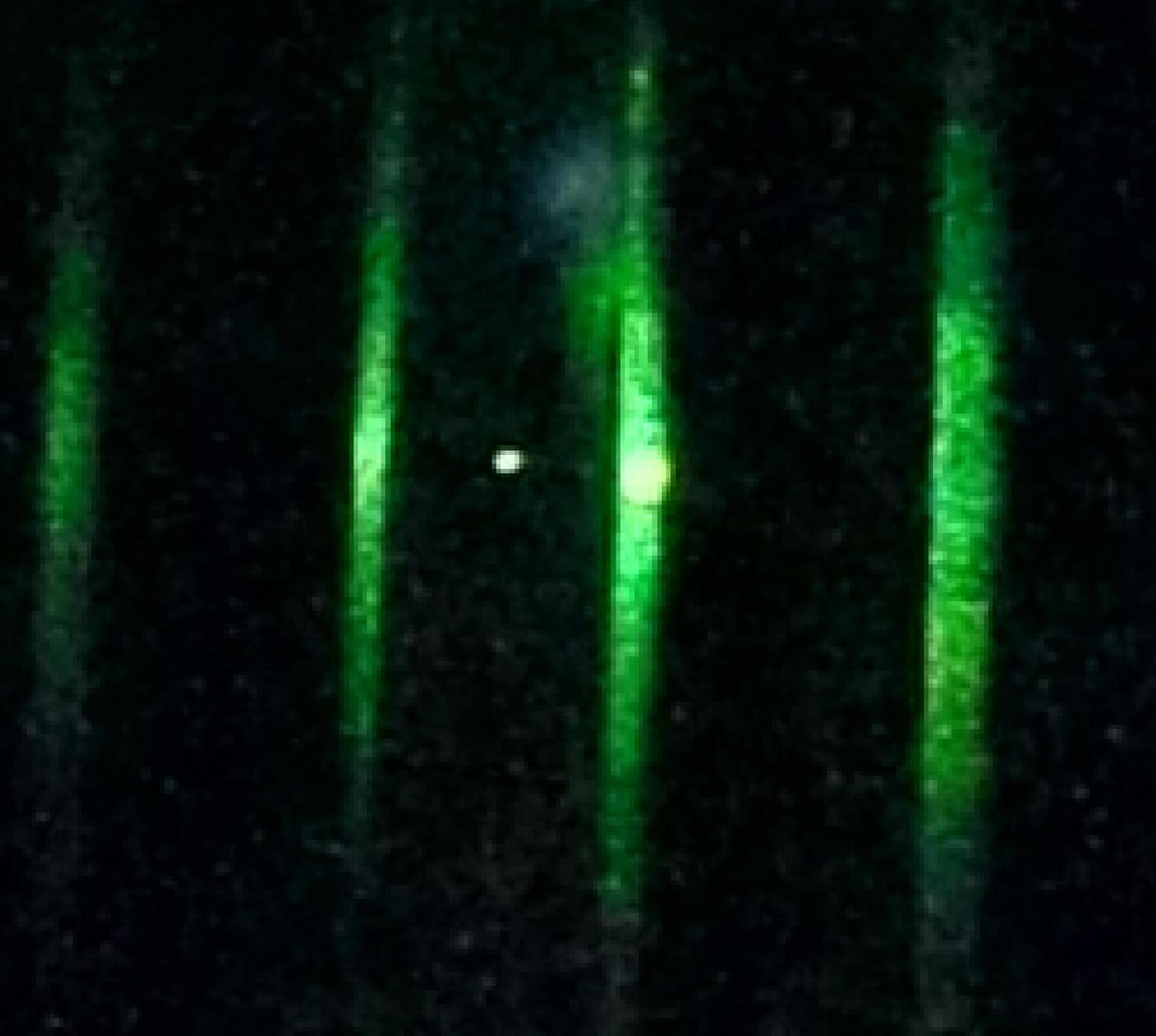In a collaboration showing the power of innovation and teamwork, physicists and engineers at the Department of Energy’s Oak Ridge National Laboratory developed a mobile muon detector that promises to enhance monitoring for spent nuclear fuel and help address a critical challenge for quantum computing.
Similar to neutrons, scientists use muons, fundamental subatomic particles that travel at nearly the speed of light, to allow scientists to peer deep inside matter at the atomic scale without damaging samples. However, unlike neutrons, which decay in about 10 minutes, muons decay within a couple of microseconds, posing challenges for using them to better understand the world around us.
The new detector achieves an important step toward ensuring the safety and accountability of nuclear materials and supports the development of advanced nuclear reactors that will help address the challenges of waste management. It also acts as a key step toward developing algorithms and methods to manage errors caused by cosmic radiation in qubits, the basic units of information in quantum computing. The development of the muon detector at ORNL reflects the lab’s strengths in discovery science enabled by multidisciplinary teams and powerful research tools to address national priorities.








